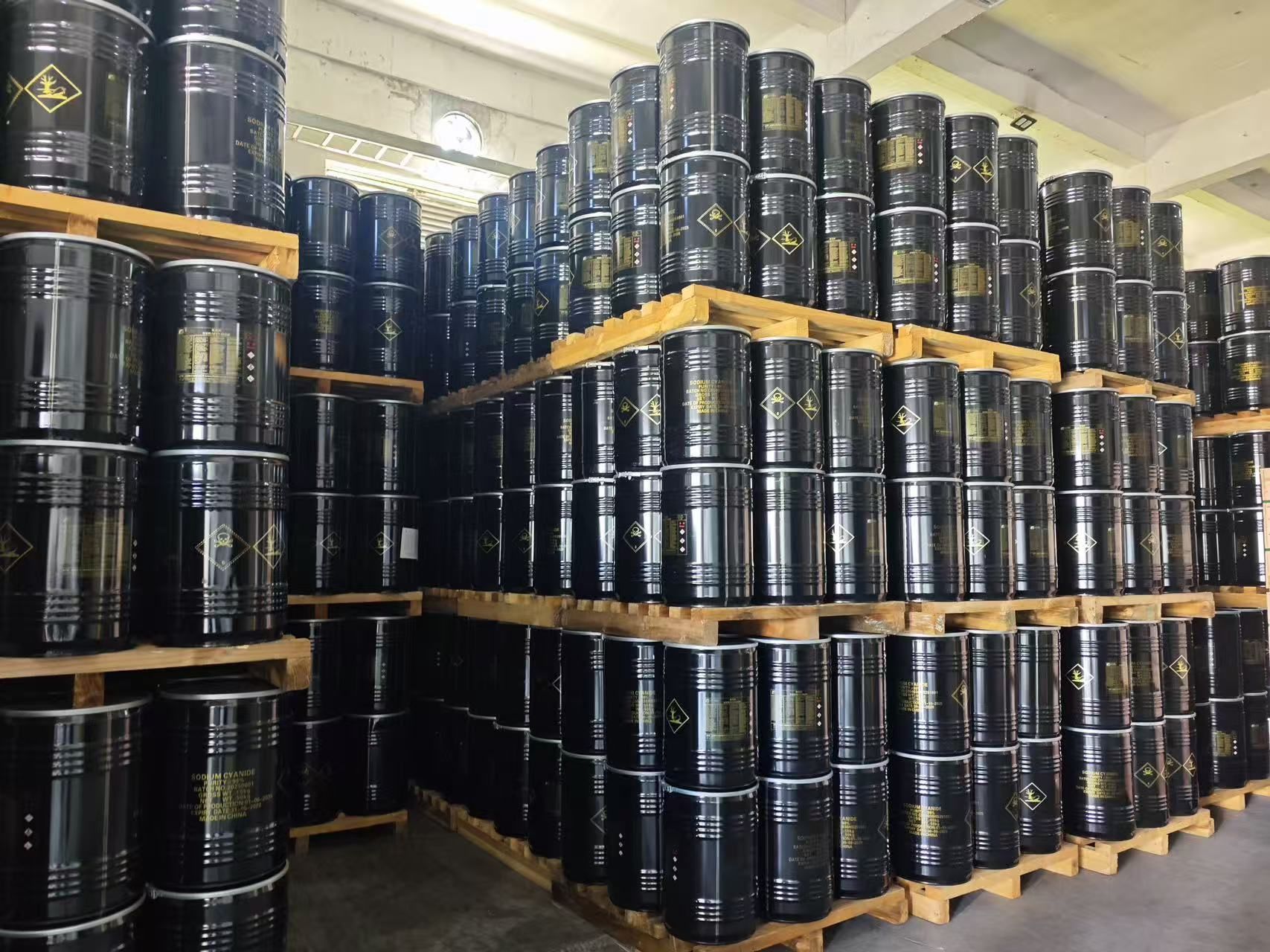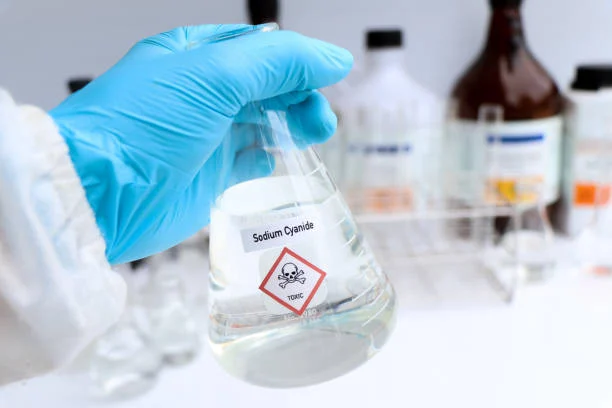
Cyanide is a highly toxic chemical compound that poses significant risks to human health and the environment. Understanding its sources, effects, and safety measures is crucial for preventing exposure and ensuring well - being.
Sources of Cyanide
Industrial Applications
Cyanide is widely used in various industrial processes. Workers in industries such as electroplating, painting, dye manufacturing, and rubber production have relatively high exposure opportunities. In electroplating, for example, Cyanide is used to enhance the adhesion of metal coatings. However, improper handling and lack of safety measures in these industries can lead to cyanide leakage and release into the environment.
Natural Occurrences in Food
Surprisingly, cyanide can also be found in some common foods. Fruits like peaches, plums, apricots, and 枇杷 contain hydrogen cyanide. Among them, bitter almonds have the highest content. Additionally, cassava, a staple food in many tropical regions, also contains hydrogen cyanide. These natural - occurring cyanides are usually bound in the form of cyanogenic glycosides. When these substances are ingested, enzymes in the body can break them down, potentially releasing free cyanide.
Biological Production
In the biological realm, hydrogen cyanide (HCN) can be generated through the hydrolysis of amygdalin by the enzyme amygdalinase. Although HCN does not exist in large quantities in living organisms, it can form under certain enzymatic reactions. Cyanide has a strong affinity for metal atoms and can form stable complexes. This property allows it to bind readily to metal - containing proteins, often significantly inhibiting their functions. In particular, cytochrome c oxidase, an essential enzyme in the respiratory chain, can be strongly inhibited even at a concentration as low as 10 - 4M, ultimately leading to the cessation of respiration.
Hazards of Cyanide
The harmful effects of cyanide on the human body are manifested in two main aspects: acute and chronic impacts. Acute exposure to cyanide can be life - threatening. The released cyanide ions (CN - ) interfere with the normal function of cells by binding to key enzymes involved in oxygen utilization. This disrupts the body's ability to use oxygen, leading to symptoms such as rapid breathing, dizziness, headache, and in severe cases, loss of consciousness and death. Chronic exposure, although less immediately obvious, can also cause long - term health problems, including damage to the nervous system, respiratory system, and thyroid gland.
Precautions and Emergency Responses
Workplace Precautions
In workplaces where cyanide is produced or used, such as cyanide - related chemical plants, strict safety regulations must be implemented. Smoking and eating are strictly prohibited in cyanide - handling areas. Workers should be provided with proper personal protective equipment, including gloves, masks, and protective clothing, to prevent cyanide from contaminating their skin and entering their bodies through ingestion or inhalation. Stringent safety procedures should be in place to ensure that cyanide - containing substances are stored, transported, and used correctly. Regular safety training and drills should be conducted to enhance workers' awareness of potential hazards and emergency response capabilities.
Emergency Response to Acute Poisoning
In the event of an acute cyanide poisoning accident, immediate action is critical. One of the first - aid measures is to use amyl nitrite. Take 1 - 2 ampoules of amyl nitrite, wrap them in a handkerchief, and break them. Then, hold the broken ampoules close to the patient's nose and mouth for inhalation, while simultaneously performing artificial respiration. Instruct the patient to inhale for 15 - 30 seconds every 1 - 2 minutes. The number of inhalations should be adjusted according to the patient's condition. After this initial treatment, the patient should be rushed to a hospital for further professional medical care, which may include the administration of specific antidotes such as sodium nitrite and sodium thiosulfate.
In conclusion, cyanide, with its diverse sources and severe hazards, requires our utmost attention. Whether in industrial settings or daily life, being aware of its presence, taking preventive measures, and knowing how to respond in case of exposure are essential for protecting human health and safety.
- Random Content
- Hot content
- Hot review content
- Sodium Isobutyl Xanthate SIBX 90%
- Sodium Amyl Xanthate (SAX) 90%, Mining chemical, mining flotation reagent
- Dithiophosphate 25S
- Collector BLK-301/Composite Flotating Active Matter ≥60%
- High-precision Delay Element( 25ms- 10000ms)
- Ferrous Sulfate Industrial Grade 90%
- Sodium Peroxide
- 1Discounted Sodium Cyanide (CAS: 143-33-9) for Mining - High Quality & Competitive Pricing
- 2China's New Regulations on Sodium Cyanide Exports and Guidance for International Buyers
- 3Sodium Cyanide 98% CAS 143-33-9 gold dressing agent Essential for Mining and Chemical Industries
- 4International Cyanide(Sodium cyanide) Management Code - Gold Mine Acceptance Standards
- 5China factory Sulfuric Acid 98%
- 6Anhydrous Oxalic acid 99.6% Industrial Grade
- 7Oxalic acid for mining 99.6%
- 1Sodium Cyanide 98% CAS 143-33-9 gold dressing agent Essential for Mining and Chemical Industries
- 2High Quality 99% Purity of Cyanuric chloride ISO 9001:2005 REACH Verified Producer
- 3Zinc chloride ZnCl2 for High Molecular Weight Polymers Initiator
- 4High Purity · Stable Performance · Higher Recovery — sodium cyanide for modern gold leaching
- 5High Quality Sodium Ferrocyanide / Sodium Hexacyanoferr
- 6Gold Ore Dressing Agent Safe Gold Extracting Agent Replace Sodium Cyanide
- 7Sodium Cyanide 98%+ CAS 143-33-9











Online message consultation
Add comment: